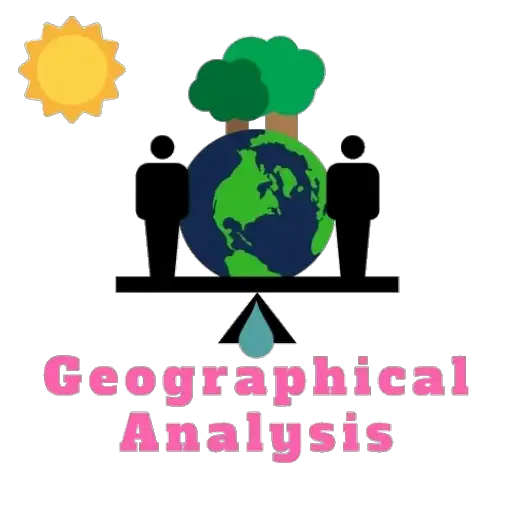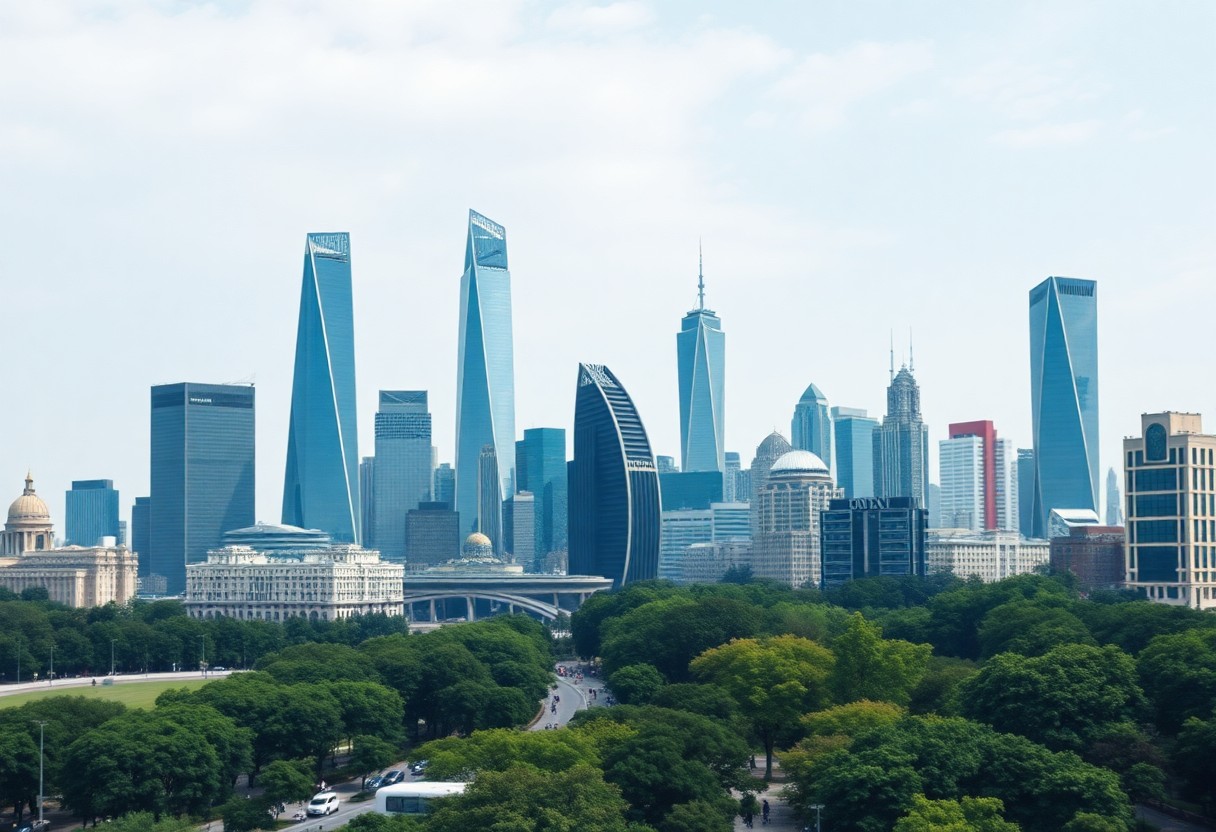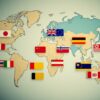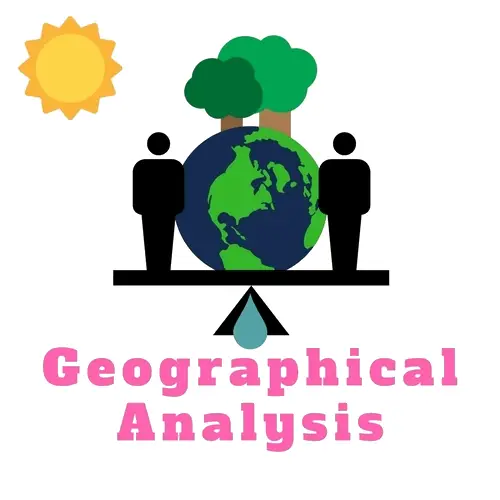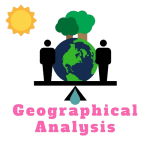Just imagine finding yourself in a discussion about wealth around the globe, and the question arises: which country holds the title of the richest? Your first thought may rush to Gross Domestic Product (GDP), a common measure for determining economic health. However, this and other metrics can paint an incomplete picture of prosperity. Various countries may excel in GDP while others may shine in quality of life metrics. Understanding the distinctions between these two concepts is vital for appreciating what true wealth means.
When discussing GDP, you are typically looking at the total monetary value of all goods and services produced within a country over a specified period—usually a year. The United States often tops the charts with an impressive GDP, as do countries like China and Japan. As of my last update in October 2023, the U.S. remains a powerhouse with an approximate GDP of over $25 trillion. However, GDP alone does not equate to overall well-being for citizens.
In contrast, quality of life encompasses a broader range of factors, including health care, education, environmental quality, safety, and life expectancy. This is where countries like Norway, Switzerland, and Sweden often excel. For instance, in the Human Development Index (HDI), which combines income with measures of education and life expectancy, Norway frequently ranks at the top. This is significant because high-quality living signifies that citizens enjoy not just economic wealth but also access to vital services and a balanced lifestyle.
As you consider which metric truly defines a nation as the “richest,” it is vital to balance these two perspectives. A wealthy country in terms of GDP may still harbor socioeconomic issues such as poverty, inequality, and inadequate public services that detract from the quality of life. Your assessment can remind you that real richness isn’t solely about money; it’s also about how well citizens live and thrive.
For instance, in the United States, despite its high GDP, various reports reveal stark disparities in health care access and educational outcomes among different populations. This can lead to a lower quality of life for many individuals compared to those in wealthier, but less economically dominant nations. Conversely, nations like Finland and Denmark prioritize social welfare, educational opportunity, and healthcare, which may result in a more inclusive quality of life, resulting in higher happiness rankings despite having lower GDP figures.
Your exploration of what defines wealth ought to consider both economic power and individual well-being. Countries may excel at different aspects, and as you reflect on this complex issue, think about how each element contributes to your personal understanding of richness. Whether you align more with GDP measurements or quality of life assessments, it’s clear that the conversation about the richest country in the world requires a nuanced approach. Ultimately, the wealth of a nation encompasses far more than numbers; it captures the lives led by its people.
